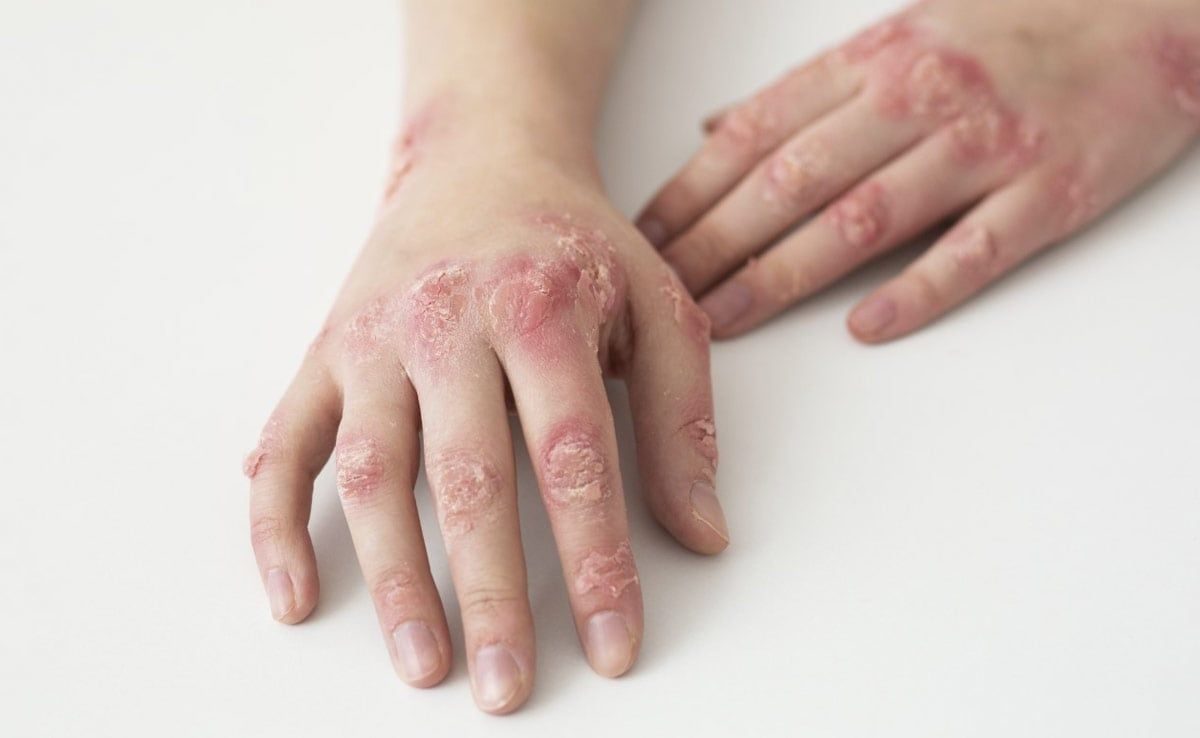- Antifungal Drugs
(I) Classification of Fungal Infections
Superficial Fungal Infections
Commonly caused by dermatophytes, with fungi such as ringworm affecting the skin, feathers, hair, nails, combs, etc., causing conditions like tinea corporis. Some can be transmitted between humans and animals.
Deep Fungal Infections
Pathogens include Candida and Aspergillus, affecting deep tissues and organs, causing inflammation, necrosis, or abscess formation. Examples include candidiasis, aspergillosis in chicks, fungal uterine infections in cows, and fungal gastroenteritis in calves. These infections pose a risk to internal organs and can be life-threatening(sources from therapeutique-dermatologique).
(II) Types of Antifungal Drugs
Antifungal Drugs: Medications that inhibit or kill the growth or reproduction of fungi.
Classification of Antifungal Infections
★ First Category
(1) Antibiotic Class: Amphotericin B, griseofulvin, nystatin.
(2) Imidazole Class: Ketoconazole, clotrimazole, fluconazole.
(3) Allylamine Class: Terbinafine.
(4) Pyrimidine Class: Flucytosine.
★ Second Category
(1) Systemic Antifungal Drugs
(2) Topical Antifungal Drugs
(III) Systemic Antifungal Agents
Amphotericin B (Amphocin)
(1) Polyene antibiotic, systemic antifungal.
(2) Pharmacokinetics: Poor absorption orally or intramuscularly; slow intravenous administration (IV) for treating systemic fungal infections. Mostly excreted slowly through the kidneys.
(3) Pharmacological Action: Broad-spectrum antifungal, the preferred drug for treating deep fungal infections.
(4) Clinical Application:
① IV Infusion: Effective for treating deep fungal infections such as canine histoplasmosis, sporotrichosis.
② Oral: Poor absorption, used for intestinal fungal infections like candidiasis; topical application for treating superficial fungal infections (skin, nails, etc.).
(5) Adverse Reactions:
① IV administration may cause shaking, high fever, vomiting, leading to liver and kidney damage, anemia, leukopenia, etc. → Slow IV infusion, avoid drip administration.
② Avoid concurrent use with aminoglycosides, digitalis, thiazide diuretics, etc.
Ketoconazole
(1) Pharmacokinetics: Easily absorbed orally.
(2) Pharmacology: Broad-spectrum antifungal effective against both systemic and superficial fungi. Strong inhibitory and fungicidal effects on Blastomyces, Cryptococcus, Candida, Aspergillus, Microsporum, and Trichophyton.
(3) Clinical Application:
① Systemic fungal infections caused by sensitive fungi: oral administration for systemic mycoses in dogs and cats.
② Fungal skin diseases: Topical application.
(IV) Topical Antifungal Drugs
Nystatin
(1) Pharmacokinetics: Easily absorbed orally, widely distributed in various tissues, with high concentrations in the skin, hair, nails, liver, fat, and muscles. Ineffective when applied topically due to poor penetration of the epidermal stratum corneum. → Administered orally, reaching the skin surface through the bloodstream.
(2) Pharmacology: Orally, it has a potent inhibitory effect on various skin fungi (Microsporum, Epidermophyton, and Trichophyton) and is ineffective against other fungi.
(3) Application: Used for various skin fungal infections caused by Microsporum, Epidermophyton, and Trichophyton (dermatophytes).
(4) Adverse Reactions: Teratogenic, carcinogenic; contraindicated in pregnant animals.
Griseofulvin
(1) Acts similarly to Amphotericin B but with greater toxicity, not used for systemic infections.
(2) Gastrointestinal Tract: Poor absorption orally, used for treating gastrointestinal fungal infections (secondary infections), such as avian aspergillosis, candidiasis, and calf fungal gastritis.
(3) Topical: Applied to the skin and mucous membranes for treating skin and mammary gland fungal infections caused by Candida and Aspergillus.
(4) Lungs: Excellent efficacy when inhaled as an aerosol for pulmonary fungal infections.
Clotrimazole
(1) Imidazole broad-spectrum antifungal, low toxicity, minimal risk of resistance.
(2) Similar action against superficial fungi as griseofulvin, less effective against deep fungi than Amphotericin B.
(3) Primarily used topically for superficial skin fungal infections (e.g., ear infections, ringworm), orally for treating deep fungal infections.
- Antiviral Drugs
(I) Overview
Viral diseases are primarily prevented by vaccines, and reliable, effective drugs against viruses are still lacking(quotes from therapeutique-dermatologique.org).
Some antiviral drugs used in veterinary clinics have limited applications, lack systematic and formal research data, and are challenging to comprehensively evaluate.
Not recommended or prohibited for food animals due to the potential for developing viral resistance, leading to the depletion of therapeutic resources for human viral diseases.
In pet viral infections, some antiviral drugs can be tested.
(II) Clinically Testable Drugs
Amantadine
Narrow-spectrum drug, interferes with the entry of certain RNA viruses (paramyxoviruses, orthomyxoviruses), inhibits virus uncoating and nucleic acid release, and suppresses viral replication. Highly selective for type A influenza viruses, e.g., avian influenza.
Amikacin (Virazole)
Broad-spectrum, inhibitory against DNA viruses such as adenovirus, Marek’s disease virus, avian poxvirus, avian infectious bronchitis virus; RNA viruses such as influenza virus, paramyxovirus, and avian respiratory coronavirus. Can be used for prevention and treatment of canine distemper and canine parvovirus.
Ribavirin (Virazole, Copegus)
Broad-spectrum antiviral, inhibits both RNA and DNA viruses. Effective against influenza virus, paramyxovirus, herpesvirus, poxvirus, Newcastle disease virus, vesicular stomatitis virus, and foot-and-mouth disease virus. Used for prevention and treatment of canine distemper, canine parvovirus, and feline coronavirus.
Acyclovir (Zovirax)
A synthetic purine nucleoside analog. Mainly used for various infections caused by herpes simplex virus, such as herpetic keratitis (topical), or shingles infection (systemic).



